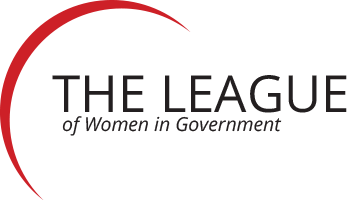By Michel Landel, CEO, Sodexo
The World Economic Forum’s recent Global Gender Gap Report 2015 gives us a wealth of detail about the continued worldwide imbalance in gender equality and what it means for the future.
In some areas the news is good. Political representation, for example, has made great strides in the 10 years covered in the study. Overall, 50% of the countries have or have had a female head of state. And it’s been shown that once women attain leadership roles, the number of women serving in senior positions starts to rise. Scotland’s Nicola Sturgeon, the country’s first female head of state, has already achieved gender balance in her cabinet.
Of course, progress can be made under male leadership, too: Justin Trudeau, Canada’s new prime minister, named a perfectly balanced 15 men and 15 women to his cabinet. And in African countries the overall number of parliamentary seats held by women increased, on average, by 15% from 2000 to 2014.
In education, too, there has been a good deal of improvement. More women than men are pursuing higher education in 97 of the 145 countries included in the WEF report, for example. And in some places, such as the UK and U.S., this issue has been so well addressed that the gender balance scale has swung the other way.
But business and the economy have been more resistant to change: there are still relatively few women in leadership roles, and a troublesome gap in pay persists. In fact, the average annual pay for women in the countries surveyed for the report is now equal to men’s average annual pay a decade ago, when the report was first released. The World Economic Forum forecasts that it may take 118 years to close the gender pay gap — a number that is just unacceptable.
Even considering the growing number of women enrolling in college, women make up the majority of skilled workers in only 68 of the 145 countries. They make up the majority of top managers in only four of those countries.
How can this be? It’s certainly not for lack of evidence about the economic benefits. Multiple studies have made the business case for more women in leadership roles in the workplace. On a macro level, a recent report from McKinsey Global Institute estimated that $12 trillion can be added to global growth by advancing gender equality. We can look at a country-by-country comparison and see a correlation between economic performance and gender parity.
Even at the level of the individual company, we see a correlation between financial performance and female leadership. A landmark and much-quoted report from Credit Suisse Research Institute found that companies with women directors outperformed those without women directors in average growth, price/book-value multiples, and return on equity.
At Sodexo, we recently completed our own company-wide study on the effects of gender-balanced management. The analysis correlated both the financial and the qualitative performance indicators that we use with the gender proportions in each unit, and we covered all levels of management (50,000 global managers) in the analysis.
_____
Michel Landel is the CEO of Sodexo, a global and diversified services company headquartered in Paris, France.


